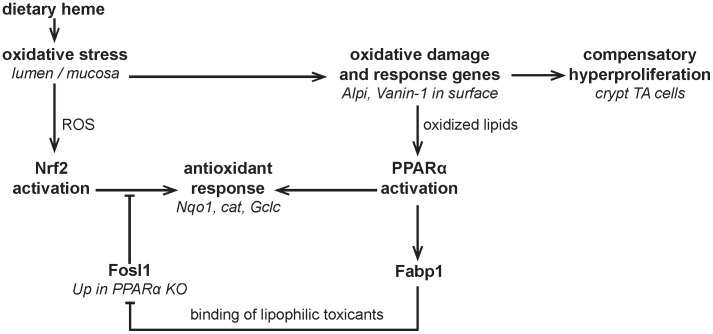Figure 5. Hypothesized mechanism by which heme induces PPARα and modulates the antioxidant response.
Dietary heme induces oxidative stress by generating reactive oxygen species and the production of lipid peroxidation products. ROS induces Nrf2 activation and oxidized lipids activate PPARα leading to an antioxidant response. In PPARα KO mice Fosl1 is upregulated which can inhibit the Nrf2 antioxidant response. Fosl1 upregulation might occur via lipophilic toxicants. The free concentration of these toxicants is probably higher in the KO mice due to the absence of the toxicants-binding Fabp1. As there was no role of PPARα in the heme induced compensatory hyperproliferation of transit amplifying (TA) crypt cells, the question mark indicates a dubious relationship.

